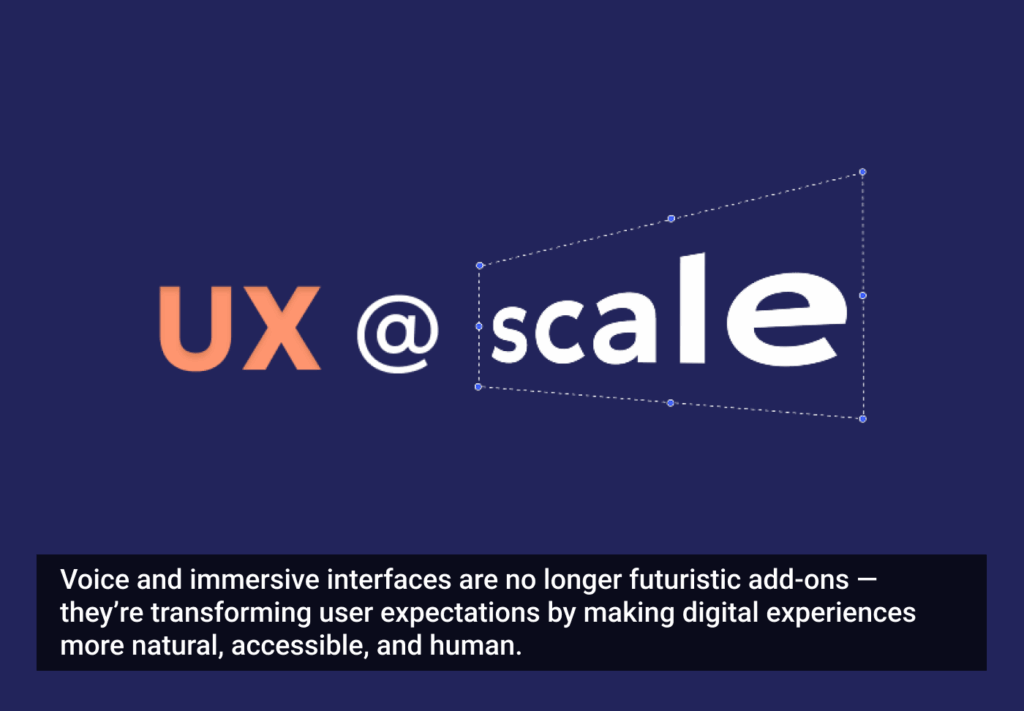Great presentation by magician Jamy Ian Swiss, who explains concepts like mental models and storytelling by equating software to magic.
Jamy Ian Swiss at Gel 2009 from Gel Conference.
Jamy Ian Swiss calls himself an “honest liar,” because as a magician, he promises to deceive his audience, and then promptly does. User interface designers are somewhat similar, though probably a bit less honest. We constantly lie to our users about what they actually see. A button on a screen isn’t really a button, it’s a bunch of colored dots. The better we lie to users, to more easily we can convince them that it actually is a button.
So while we may not be as honest as magicians, our lies nevertheless are in the user’s best interest.







